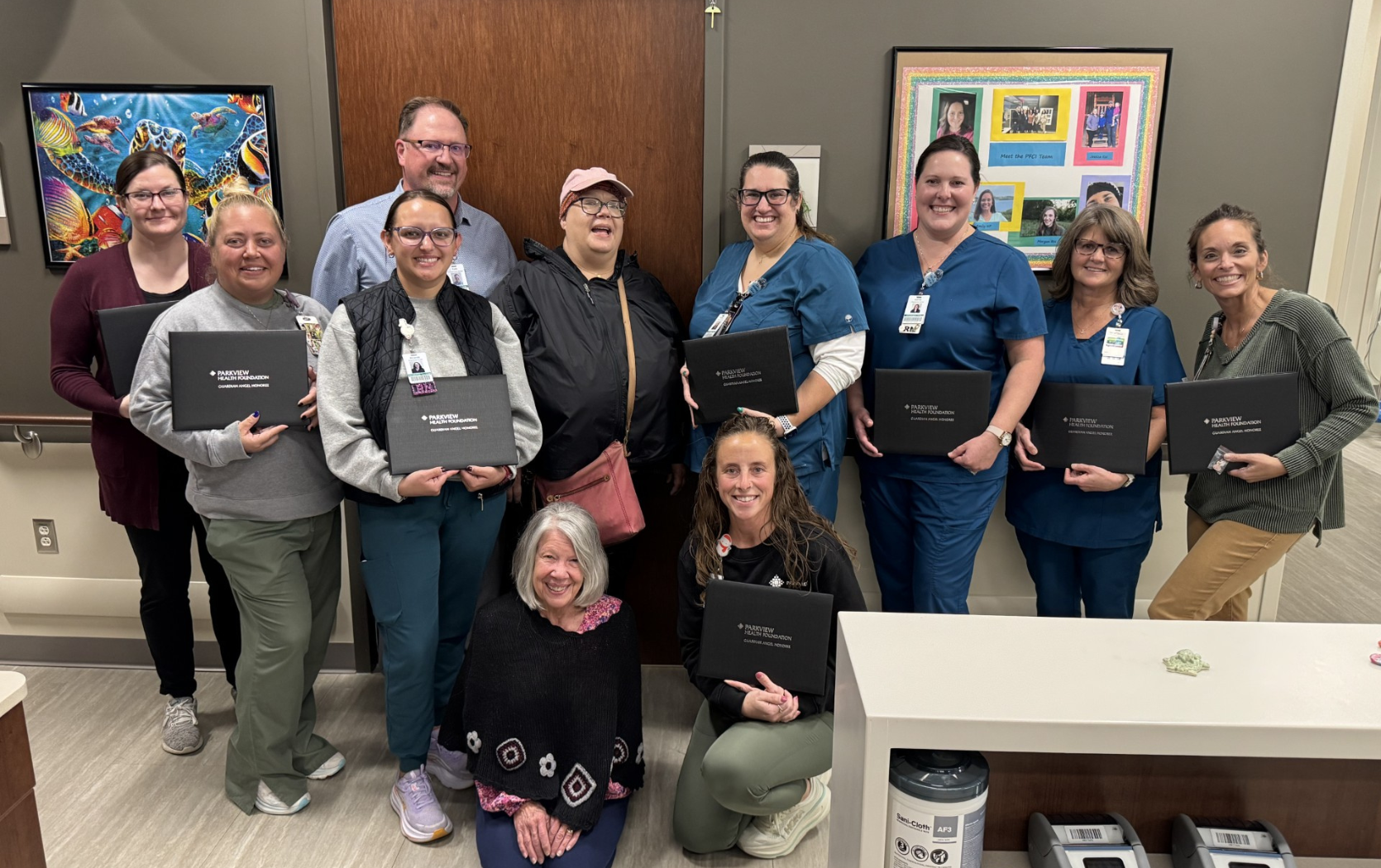
What is a hernia?
What types of hernias are there?
- Inguinal/Femoral (groin/thigh)
- Umbilical (belly button)
- Incisional (surgical wound)
- Epigastric (below breast bone)
- Other Ventral hernias (abdomen)
What are common symptoms?
There are a variety of symptoms that can occur if you have a hernia, including:
- Bulge or lump in the affected area
- Pain or discomfort
- Nausea or vomiting
- Constipation
Hernias can also be asymptomatic, meaning you may not show any signs.
How do you fix a hernia?
With today’s technology, hernia repair can be minimally invasive. There are two types of minimally invasive options – laparoscopic and robotic – and each has their own benefits.
Laparoscopic surgery:
- Faster return to work
- Minimally invasive
Robotic surgery:
- Smaller incisions
- Quicker recovery
Not having a hernia repaired can lead to severe complications. It’s important to see your family physician if you are experiencing any of the symptoms listed above.



